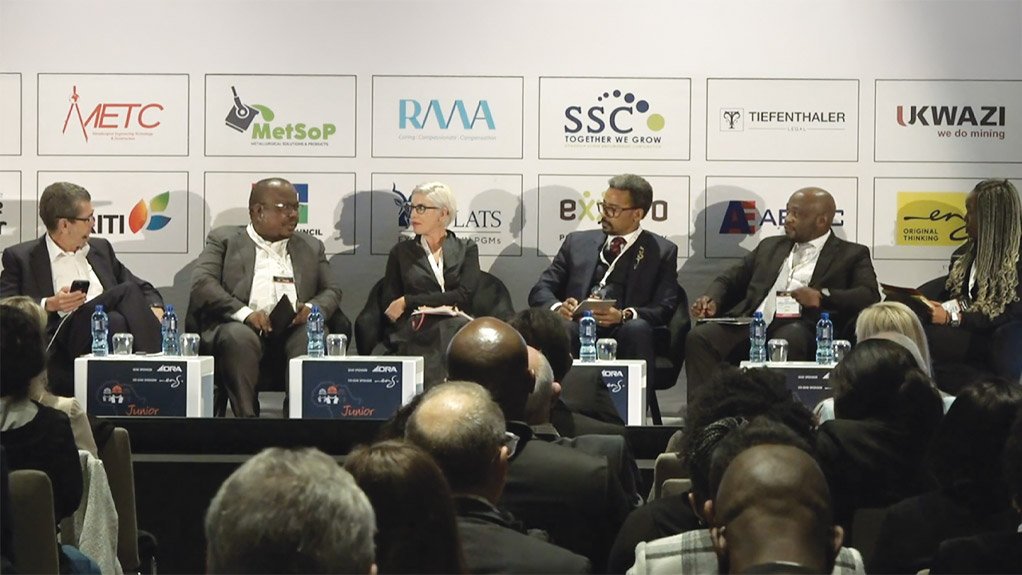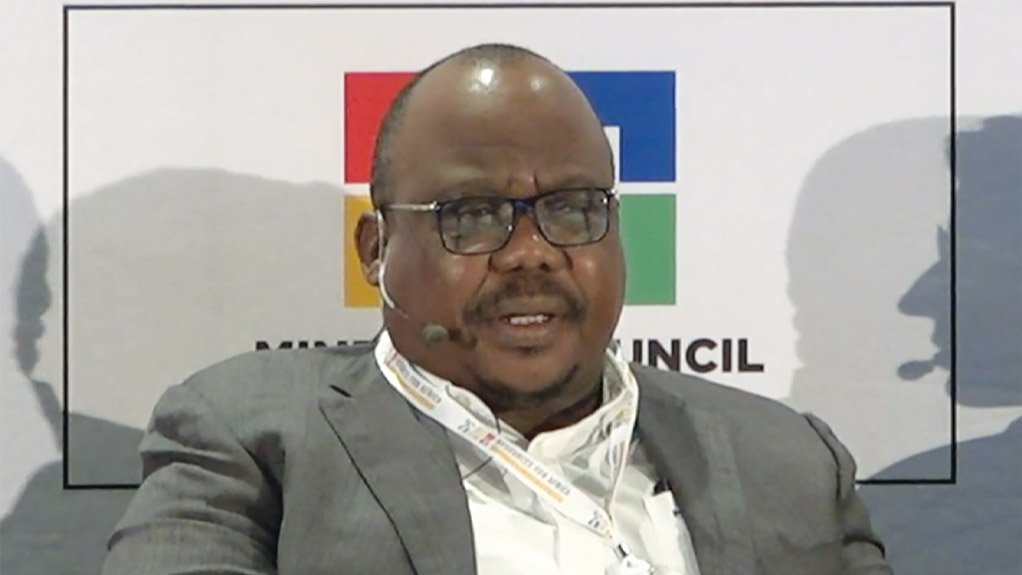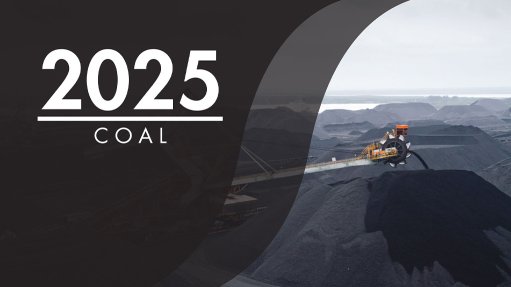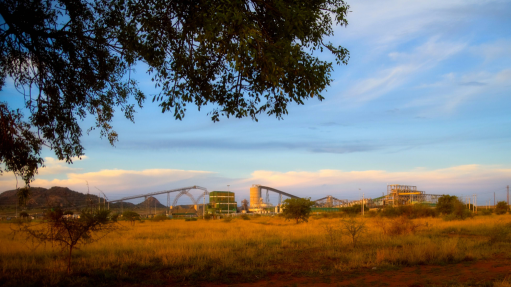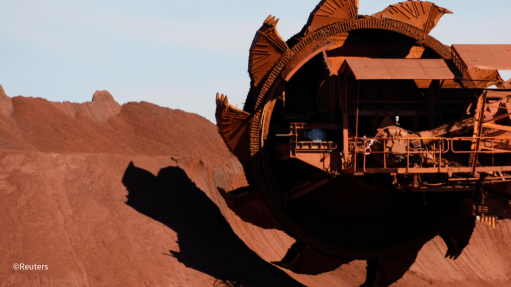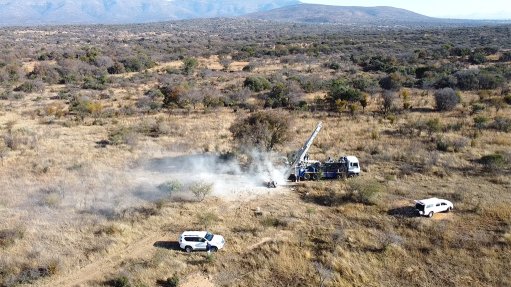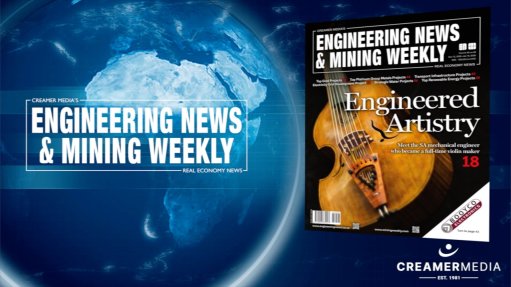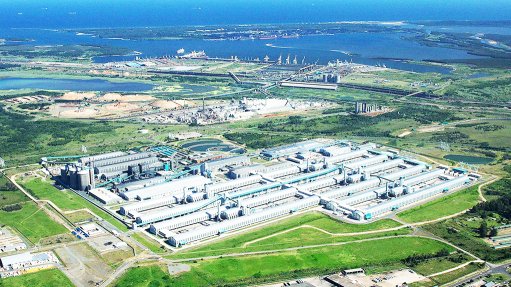CGS highlights opportunities, challenges in local exploration
The Mineral Resources Development Bill (MRDB), which has been gazetted for public comment, and the recently released Critical Minerals and Metals Strategy, provide an opportunity to create a more enabling environment for junior mining in South Africa.
There are, however, various matters, such as policy certainty and more streamlined processes, that still need to be considered.
This was discussed on May 27 during the opening session at this year’s Junior Indaba, under the title ‘Creating an enabling environment for junior mining and exploration in South Africa’.
Facilitated by ENS Africa natural resources and environment practice head Ntsiki Adonisi, panellists discussed opportunities and challenges facing junior miners in South Africa.
Sharing expert insights on the matter, Council for Geoscience (CGS) CEO Mosa Mabuza shed light on the inconsistency of South Africa’s geological quality with the level of exploration, highlighting the need to close the exploration gap.
With extensive exploration experience in multiple regional jurisdictions that span the Southern African Development Community, West Africa, Canada and others, Mabuza has served as CEO of the CGS since 2017.
As a statutory scientific research council, the CGS is mandated to promote research, extend knowledge in the field of geoscience and provide specialised geoscientific services.
“We’ve got to do something about getting back into exploration and I think we have not begun to explore the greatest potential and geology that we have,” Mabuza said.
The Junior Indaba is a popular meeting place for junior miners, providing incisive, informative and frank discussions to tackle the challenges of, and opportunities for, junior mining and exploration in South Africa and elsewhere in Africa.
The yearly event is a high-level gathering of CEOs and senior representatives of mining companies, government, investors, and legal and advisory firms covering an extensive array of issues.
Other panellists who participated in the first session included Department of Mineral and Petroleum Resources (DMPR) director-general Jacob Mbele, legal, environmental and analytics firm NSDV director Lili Nupen and Minerals Council South Africa CEO Mzila Mthenjane.
During the discussion, Mabuza suggested exploring the co-existence of conservation and development, citing examples from Namibia and Richards Bay, describing some protected areas as the “lowest hanging fruits” for the discovery of “world-class minerals”.
“I think we need to perhaps spend a little bit of time and effort and resources to explore the possibilities of co-existence of conservation and development,” he said.
“I am a great supporter of balanced development and I think it is possible for development and conservation to co-exist,” he added.
MRDB
Meanwhile, commenting on the MRDB that is out for public comment, Nupen pointed out that, while the Bill addresses artisanal and small-scale mining to an extent, there are some gaps with regard to junior mining.
Hence, she expressed that there is an opportunity to create greater flexibility for junior miners, as well as to encourage more investment and promote exploration through the introduction of, for example, exemptions and tax holidays.
“I really do believe that now is the time for the mining industry and particularly the junior space to have their say and to provide their views so that when the next iteration of the Bill comes out, it does in fact take into account what the juniors specifically need in order to encourage that exploration,” she said.
With this in mind, Mthenjane described junior mining as smaller, early-stage mining companies primarily focussed on exploration, developing new mineral deposits, engaging in prospecting and conducting feasibility studies to identify and assess the potential of new resources.
Agreeing with Nupen, he argued that the MRDB should make specific reference to junior miners to avoid conflating them with artisanal and small-scale miners.
“There needs to be specific reference to juniors with an understanding of what is meant by juniors,” he said.
Mthenjane also highlighted the challenges relating to access to finance.
“We can talk of incentives and many other issues, but the fundamental legislation in terms of how it’s administered, how it’s understood, what it’s not providing for – if that’s not in place, it doesn’t provide for an incentive for anyone to risk their capital at that early stage of mining investment.
“And so we will get investors sitting on the sidelines, waiting for the appropriate legislation, and really to see if, overall, is there a climate where the country actually is encouraging for investment into exploration,” he said.
In this vein, Mabuza argued that more creative ways of incentivising exploration development should be established.
“I don’t think the answer just lies in flow through shares, we’ve got to be a little bit more creative than that. In a country like ours . . . we have a small, diminishing fiscus with growing . . . responsibilities,” he said, encouraging Indaba participants to contribute proposals on exploration incentives.
Nupen agreed, arguing for the focus on implementation of legislation rather than on changing it.
“I think we really are at a critical place right now . . . let’s work with what we’ve got and let’s rather focus on the implementation and assisting the DMPR through the various channels that we possibly can to ensure that we can implement and catch that critical minerals wave,” she expressed.
Adding to this point, Mthenjane called for the harnessing of private-sector participation in the mining sector, arguing that an increase in mining exploration can help address unemployment in South Africa.
He explained that the mining industry can play an important role in alleviating the country’s unemployment rate by providing the skills needed for mining in the future.
“We have an opportunity going forward now where we have a different social design opportunity and for mining to play a role in terms of how it takes the country forward.
“But we need to make sure that we make what we have work and work efficiently. We need to make sure that government and the private sector work together, as we’ve seen demonstrated in other areas, and we’ve got to harness the power of the private sector, not only in terms of skills and capability, but also capital,” he said.
During the discussion, Mbele highlighted the department’s focus on policy certainty and clarity, as well as its dealing with issues being raised with the department by the sector.
“While we are waiting for the cadastral system [to be rolled out], there is work that we’re doing in terms of ensuring that we streamline the processes, we minimise the concerns and the frustration that many of the applicants have indicated,” he said.
INITIATIVES
In closing, Mabuza called on large companies to submit their geological data to the CGS as a repository of geological information, criticising the recalcitrance of some companies in submitting data.
As part of its integrated and multidisciplinary approach, one of CGS’s scientific focus areas includes minerals and energy, which benefits from a legacy of more than 110 years of geoscience data collection, information and knowledge.
As per its website, the mineral and energy resources function of the CGS aims to stimulate the minerals industry to increase exploration expenditure to create wealth for South Africa and the African continent by providing precompetitive geoscience information that supports and facilitates onshore and offshore energy and mineral exploration in South Africa.
This is achieved through integrated programmes of data gathering and assessment conducted at a national and regional scale.
The information and data form the basis for long-term investment by industry and society in the mineral and energy sectors to ensure stable employment and prosperity and guide government policies on mineral development.
In its 2023/24 annual report, the CGS noted that, as the national custodian of geoscience data, it relies on an efficient information management system for informed decision-making on resource management and geohazard mitigation.
“Submission of data will, by and large, help junior miners,” said Mabuza.
The CGS had also supported the establishment of the Junior Miner’s Exploration Fund, which was launched last year by the Industrial Development Corporation of South Africa and the then Department of Mineral Resources and Energy, which has since been split into the DMPR and the Department of Electricity and Energy.
The CGS is a signatory to the memorandum of understanding for this fund, the implementation modalities of which are close to finalisation, Mabuza noted.
“I don’t think that we should wait for perfect legislation.
I think we must just get going. Do we believe there’s exploration? Yes. Do we believe there are minerals? Absolutely. Can we get them going? I think absolutely, certainly so . . . If anyone of us is waiting for certainty, then I think we are going to wait for a long time,” he asserted.
Article Enquiry
Email Article
Save Article
Feedback
To advertise email advertising@creamermedia.co.za or click here
Press Office
Announcements
What's On
Subscribe to improve your user experience...
Option 1 (equivalent of R125 a month):
Receive a weekly copy of Creamer Media's Engineering News & Mining Weekly magazine
(print copy for those in South Africa and e-magazine for those outside of South Africa)
Receive daily email newsletters
Access to full search results
Access archive of magazine back copies
Access to Projects in Progress
Access to ONE Research Report of your choice in PDF format
Option 2 (equivalent of R375 a month):
All benefits from Option 1
PLUS
Access to Creamer Media's Research Channel Africa for ALL Research Reports, in PDF format, on various industrial and mining sectors
including Electricity; Water; Energy Transition; Hydrogen; Roads, Rail and Ports; Coal; Gold; Platinum; Battery Metals; etc.
Already a subscriber?
Forgotten your password?
Receive weekly copy of Creamer Media's Engineering News & Mining Weekly magazine (print copy for those in South Africa and e-magazine for those outside of South Africa)
➕
Recieve daily email newsletters
➕
Access to full search results
➕
Access archive of magazine back copies
➕
Access to Projects in Progress
➕
Access to ONE Research Report of your choice in PDF format
RESEARCH CHANNEL AFRICA
R4500 (equivalent of R375 a month)
SUBSCRIBEAll benefits from Option 1
➕
Access to Creamer Media's Research Channel Africa for ALL Research Reports on various industrial and mining sectors, in PDF format, including on:
Electricity
➕
Water
➕
Energy Transition
➕
Hydrogen
➕
Roads, Rail and Ports
➕
Coal
➕
Gold
➕
Platinum
➕
Battery Metals
➕
etc.
Receive all benefits from Option 1 or Option 2 delivered to numerous people at your company
➕
Multiple User names and Passwords for simultaneous log-ins
➕
Intranet integration access to all in your organisation



